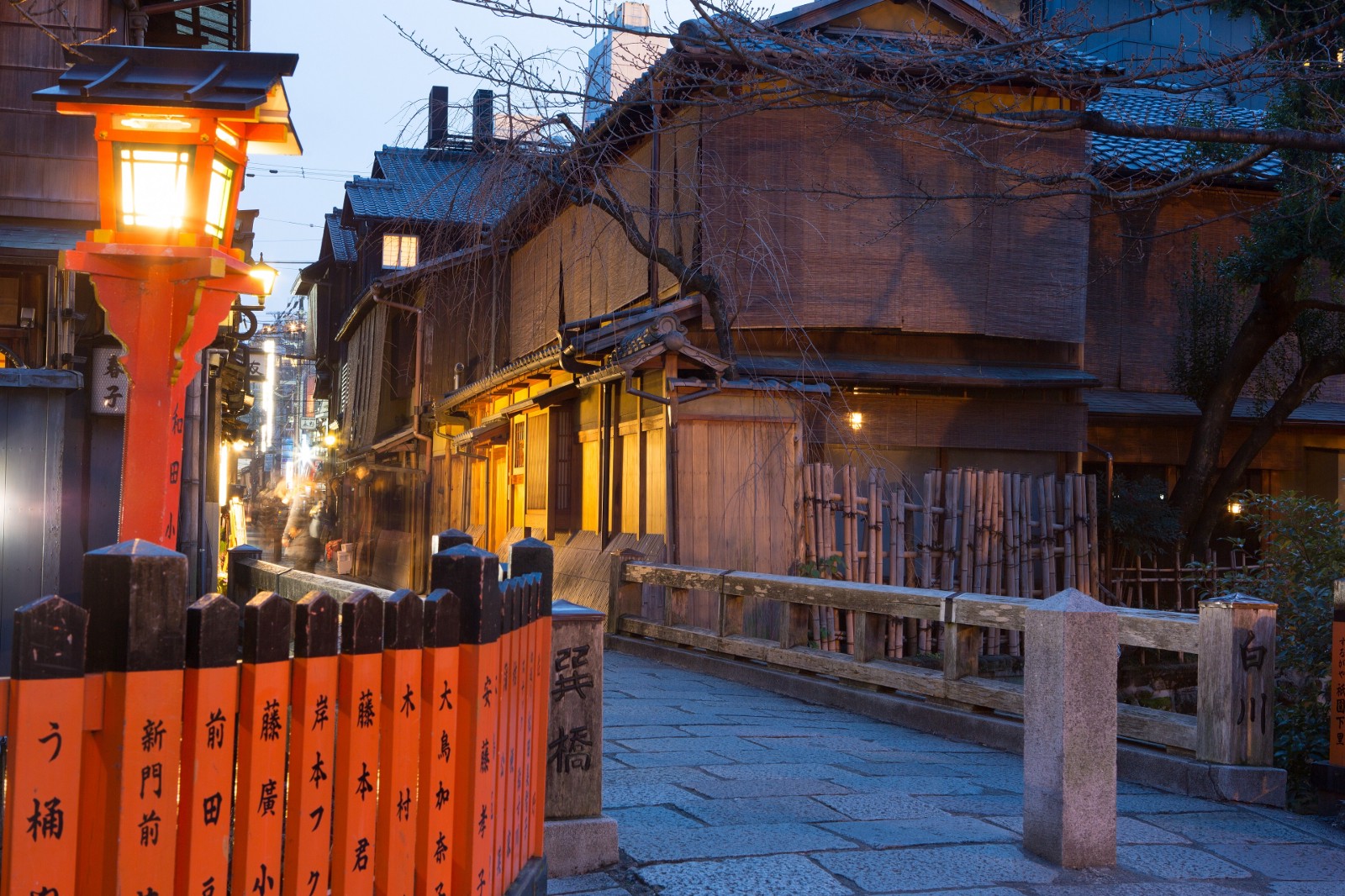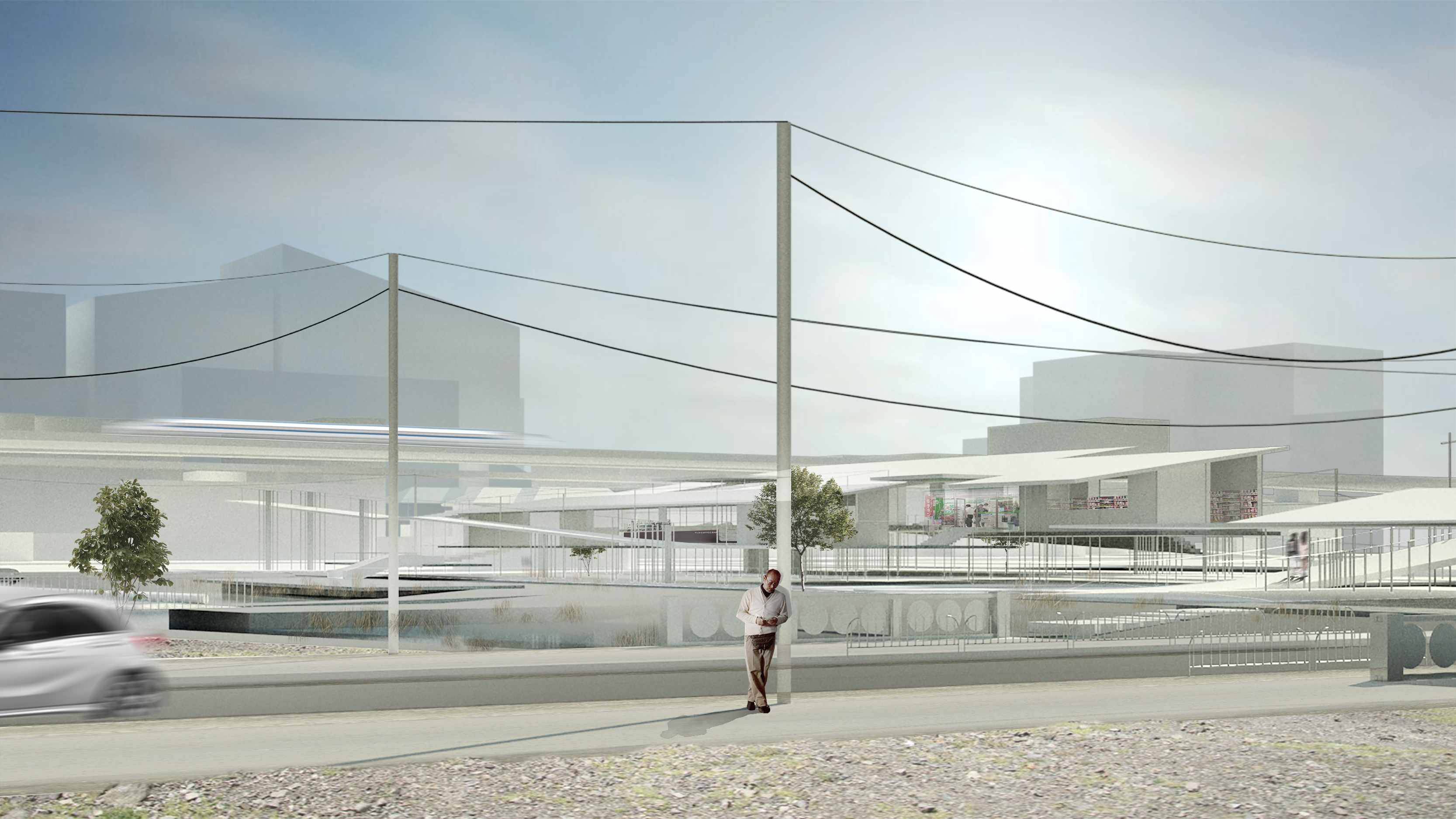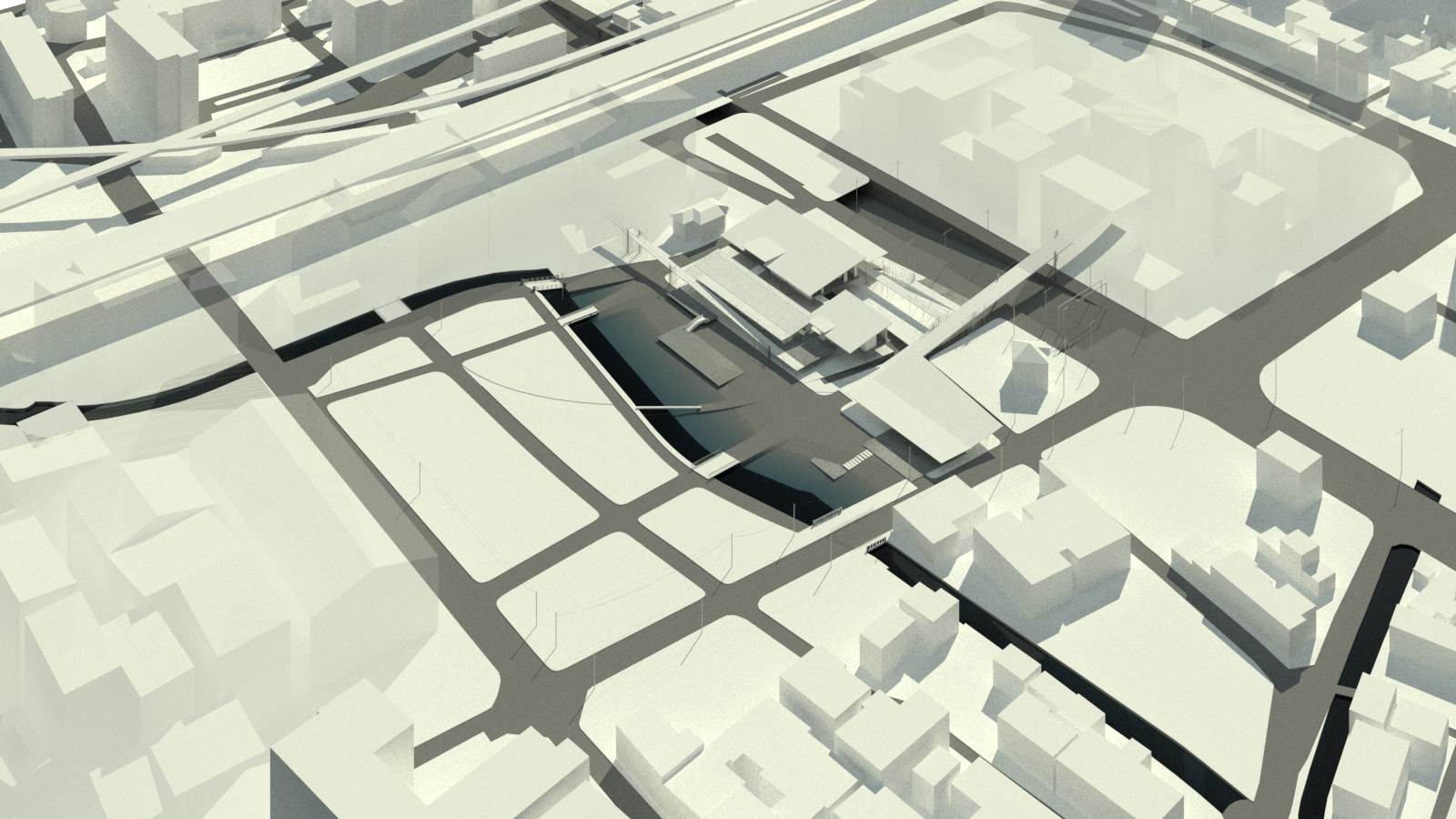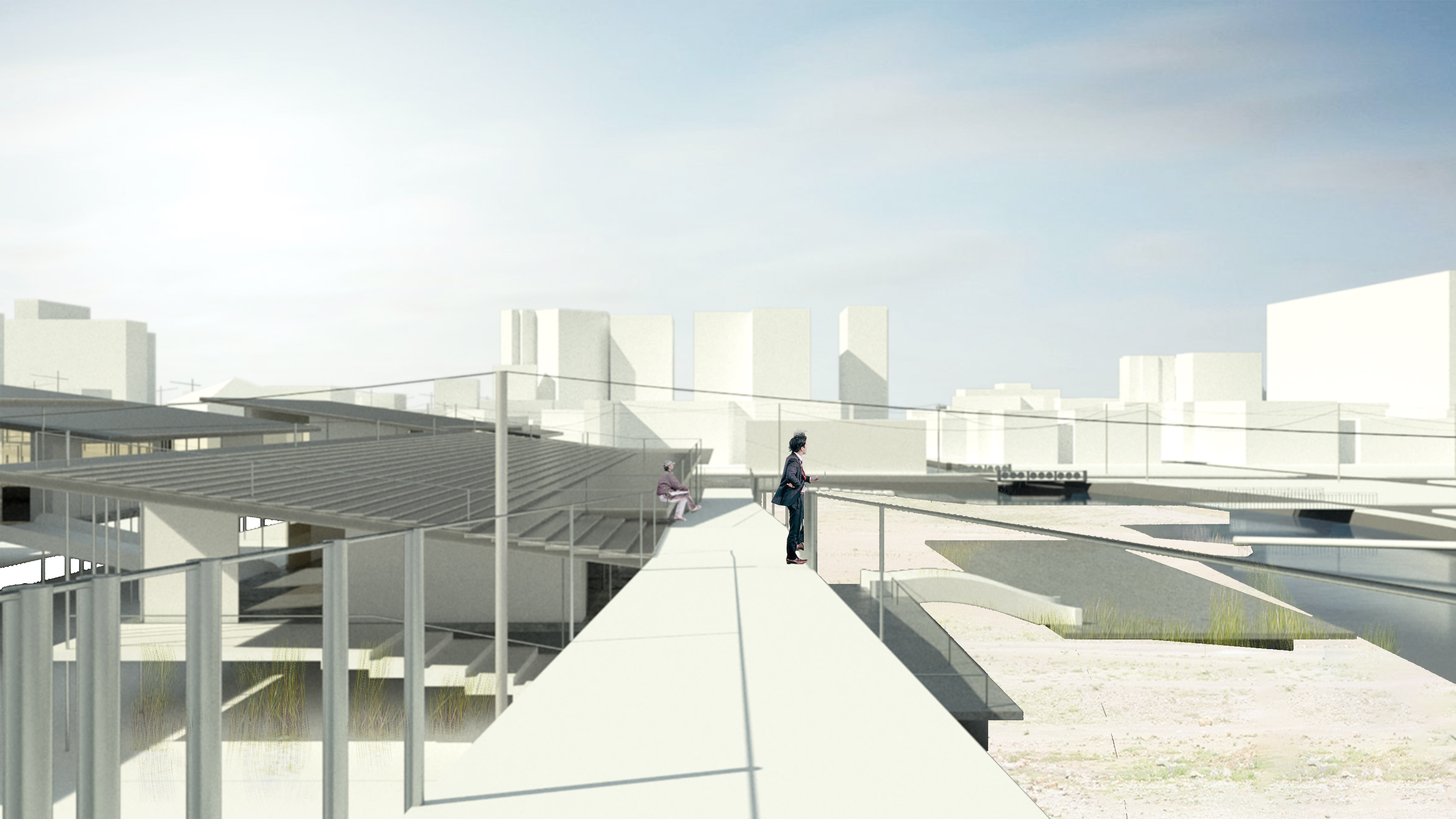Kyoto Bridges
with critics Yolande Daniels and Gary He
with critics Yolande Daniels and Gary He
“TERRACE is a ‘floor’ that extends from inside to outside, invites people, and leads to new encounters...
the whole campus of Kyoto City University of Art is regarded as a terrace”
-KCUA winning competition entry concept, translated from proposal, courtesy of Inui Architects
Our site in Kyoto is surrounded on three sides by a yet-to-be completed university campus by Inui Architects. The cleared site, an anomaly in dense downtown Kyoto, is the epicenter of a localized urban instability - of fleeing tenants and new buildings yet to come.
![]()


Even though the school is a newcomer to the area, school buildings enjoy a longevity that far outlasts that of the typical 30 year use period of other building types in Japan. By studying the KCUA campus planning concept and identifying key opportunities to bridge these “terraces” into the surrounding area, this project attempts to solve certain circulatory inadequacies in the project while exerting a stabilizing urban force into the rest of the neighborhood - restructuring streets, bridges, and providing a new canal bank “beach” to attract activity.

The resultant threshold building draws on a stable “bridging” vocabulary seen throughout Kyoto as a method for connecting college and town, across canals and roadways. The repeat use of bridging structures supplements the existing terrace configurations.









As the first of many developments to come in this rapidly disappearing neighborhood, the campus center will be in the remarkable role of influencing and setting down new rules of spatial engagement for more than 12 blocks in dense, central Kyoto. As the image below depicts, the setting down of bridges and paths would first occur in isolation, before further development takes place.






In addition to further connecting the C-shaped campus to the community, the proposed bridge paths cross the canal beach in ways that would supplement the lack of effective cross-connections between branches of the university.
Bridges, as a form of infrastructure, take their shape according to amount of flow and type of traffic anticipated. As such, an organic spread of different bridges are selected and deployed , representative of the rich canal/bridge urbanism present in Kyoto proper.